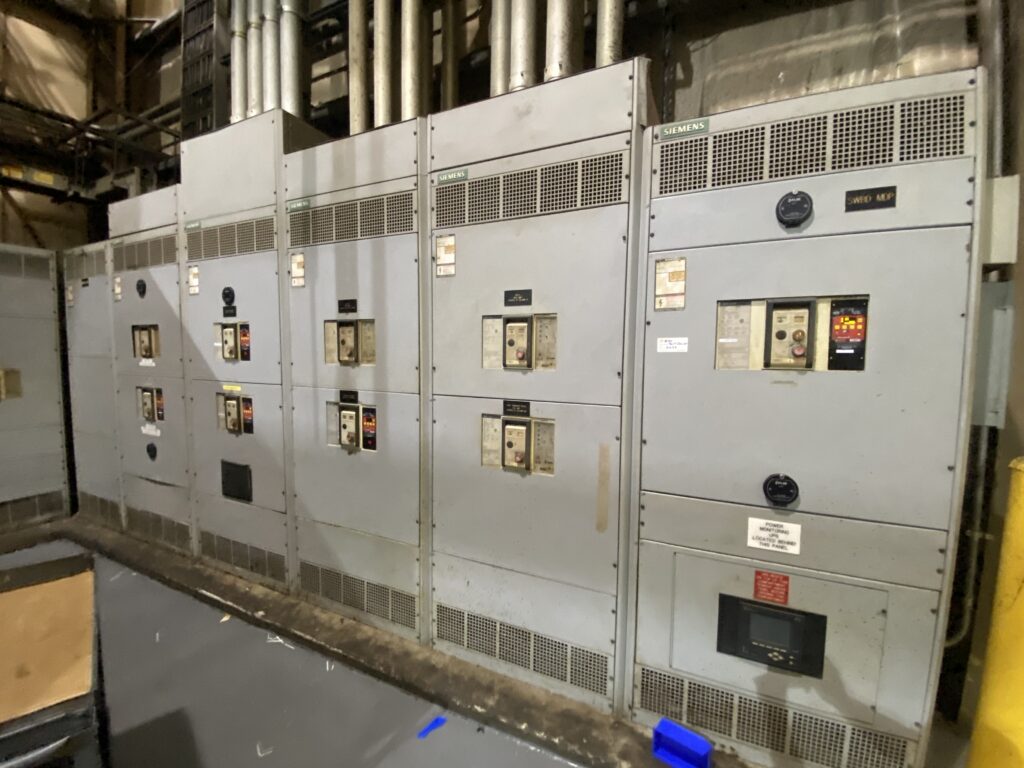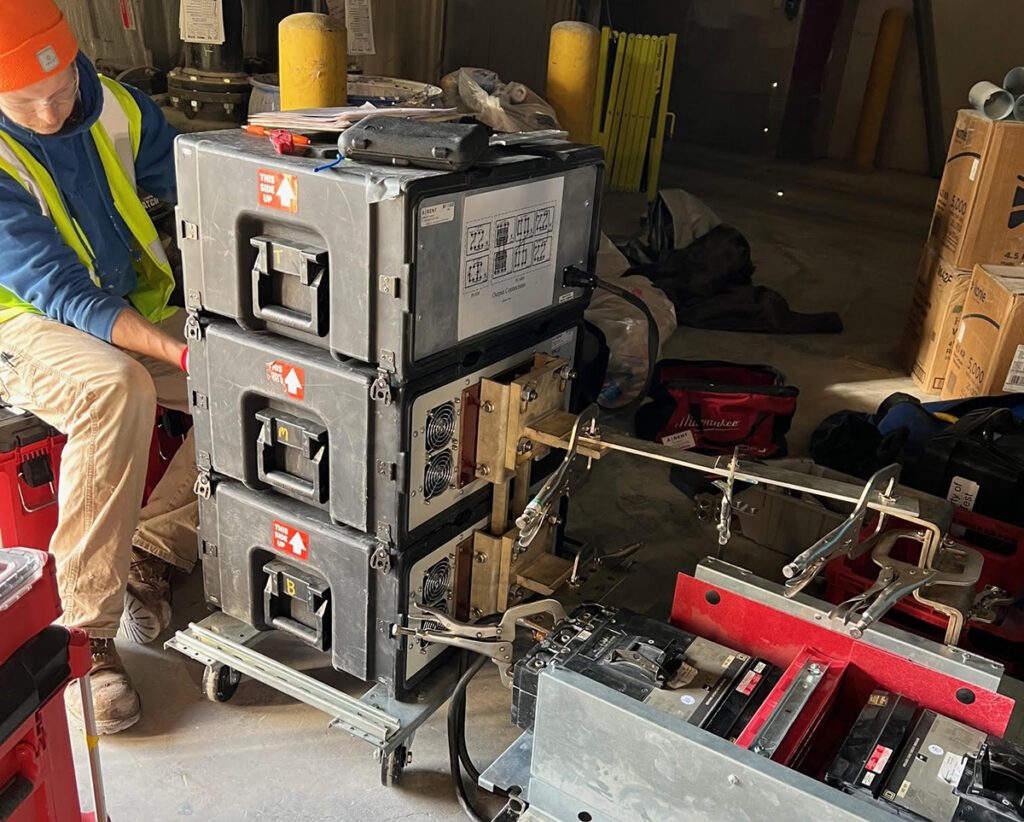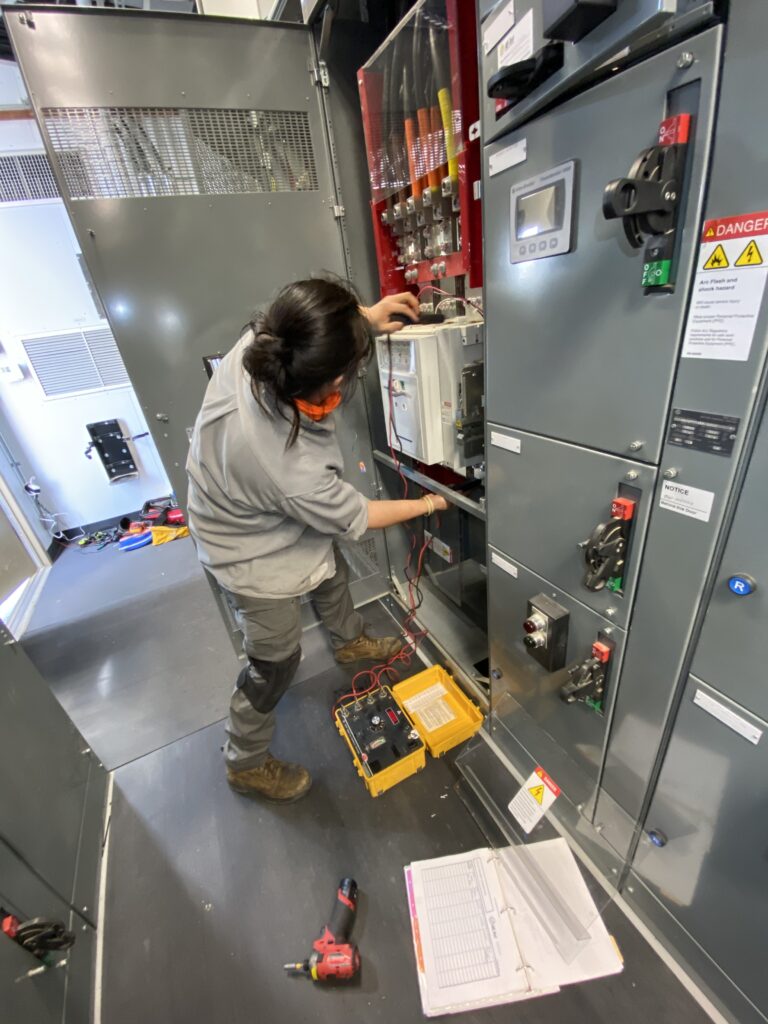Circuit Breaker Testing
Circuit breaker testing is performed to verify the operation of each switching system within the entire tripping structure.

Why is breaker testing important?
Circuit breakers provide a crucial role in protecting people and your expensive equipment from electrical faults. When circuit breakers fail to function properly, devastating damage can be done to equipment, wires, and sometimes people. Your electrical preventative maintenance strategy should contain regular circuit breaker examination as a cost-effective way to minimize personnel and equipment damage from electrical spikes and faults.
Routine Testing of Circuit Breakers


Breaker testing is usually done on-site with the equipment off-line. It confirms that the circuit breaker is functioning properly. Verifying the performance of the circuit breakers is done in a number of ways and testing results are compared to the manufacturer’s calibration curves, parameters, and industry standards.
Circuit Breaker Trip Test
The most important thing a breaker needs to do is be able to trip when there is something wrong. Whether that problem is a shorted electrical wire, a motor getting jammed, or a person accidentally touching an energized part. Trip testing is the most important aspect of breaker testing and can be thought of as performance or operational testing. It is performed by simulating an electrical fault, then measuring the amount of time it takes for the breaker to trip. If the breaker can’t trip then the wire catches on fire, the motor burns out or the person gets electrocuted and can die.
Contact Resistance Test
General wear and tear of internal contacts within the circuit breaker emerge after constant use. Also, erosion and contamination of contacts can occur. The contact resistance test is important in determining if a circuit breaker is still in good and functioning condition.

Insulation Resistance Test
When performing individual breaker insulation testing, load and line conductors need to be disconnected. If not the test values will also involve the features of the connected circuit. Insulation testing is crucial for verifying the circuit breaker insulating material is performing properly. A megger is commonly used to test for insulation resistance. Damage to the insulation may occur if you apply a voltage that is too high.
Connection Testing
To ensure an appropriate electrical connection is available connection testing is performed. The best method of connection testing is infrared thermography as is an on-line test performed will the circuit breaker is on. Properly installed electrical connections prevent and reduce overheating in circuit breakers.

Benefits of Testing Circuit Breakers
- No Ifs Ands or Buts about the condition of your circuit breakers
- Off load and on load testing can be done.
- Identifies any need for routine maintenance
- Tests performance of entire tripping system
- Determines early signs of problems
